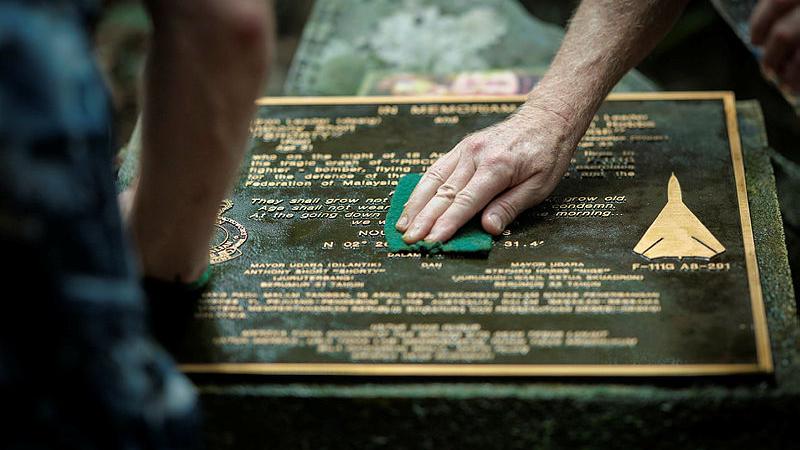The Hon Tanya Plibersek MP, Minister for Environment and Water
Senator the Hon Murray Watt, Minister for Agriculture, Fisheries and Forestry
As another hot, dry summer approaches, the Government is investing $13.2 million to help local organisations, farmers and landholders better protect native plants, animals and agricultural land against natural disasters like bushfires.
Australians know how devastating bushfires are for communities, but they are also an environmental disaster. During the Black Summer Bushfires, more than 8 million hectares was burnt, including damage to 54 per cent of the World Heritage Listed Gondwana Rainforests. Nearly three billion animals were estimated to have been killed or displaced, and some threatened species pushed dangerously close to extinction.
That’s why the Government is supporting local communities and farmers to deliver emergency preparedness and response projects ahead of the 2023-24 severe weather season.
This is about better understanding the threats, acting to protect nature before disaster strikes, and equipping our emergency services to be able to respond effectively.
The funding will support a network of Natural Resource Management (NRM) Regional Delivery Partners to undertake prevention activities like removing highly flammable weeds or pest control, map key agricultural and environmental assets such as critical habitat of threatened species and develop emergency response plans to protect and reduce threats to these assets.
Mapping these environmental assets is critical. We can’t protect what we don’t know is there, and when decisions are being made rapidly we want to have the right information to help our emergency services make informed decisions.
We’re still feeling the effects of the Black Summer Bushfires, with another 25 species given higher levels of protection under national environment law just this week due to the impact of fire. This includes the Broad-toothed rat, which had 70-90% of its habitat affected by the fires.
This project will help identify where the last remaining pockets of species at risk from fires and floods exist, such as the Western Ground Parrot and the Mount Imlay Mallee. It will mean groups can act now to carry out projects such as establishing insurance populations and managing weeds, feral cats and feral foxes.
More importantly, by community groups, landholders, First Nations people, and governments working together to share and integrate this information, emergency services will be able to use that knowledge to act to protect species when a fire threatens an area.
This is another important step in building on the lessons of the 2019-20 Black Summer bushfires.
Since then, over 800 affected species and ecosystems have had rapid assessments to understand the impact of fires on them, with more than 100 being given new protection under national environment law. The government has also invested $200 million in resilience and recovery actions, delivering 5.7 million hectares of pest animal control; 40,000 hectares of weed control; 1,000 hectares of erosion control and 2,900 structures to create nesting boxes and habitat shelters. More than 25,000 hectares of fire management actions have been undertaken to reduce the impact of future fires.
Quotes attributable to the Minister for the Environment and Water, Tanya Plibersek:
“At the same time as many communities around Australia are still feeling the effects of bushfires and floods in recent years, we have species pushed to the brink of extinction and land destroyed. The Black Summer bushfires will take generations to recover from.
“As the weather turns hot and dry again, we’re acting to give our wildlife a better chance during the next bushfire season. We know locals on the ground are best placed to understand the needs and threats in their community. By supporting them, and giving our fantastic emergency services the best information, we can better protect our environment now and reduce the impact of the next terrible fire.
“We know wildlife rescue is a vital part of bushfire response. Preparing now will help us save more endangered animals and plants if fires break out.”
Quotes attributable to Minister for Agriculture, Fisheries and Forestry, Senator Murray Watt:
“Australia’s farmers are important stewards of their land and are more often than not on the frontline of natural disasters.
“It’s only natural they would want to better protect their land, which underpins their livelihoods and those of their communities.
“Given the devastating effects natural disasters have on livestock, crops, machinery and infrastructure, I know our farmers will be interested in the chance to reduce that impact.
“By reducing these threats, we can support farmers, community groups and Indigenous peoples across Australia to use their expertise to better prepare for the upcoming season.”








